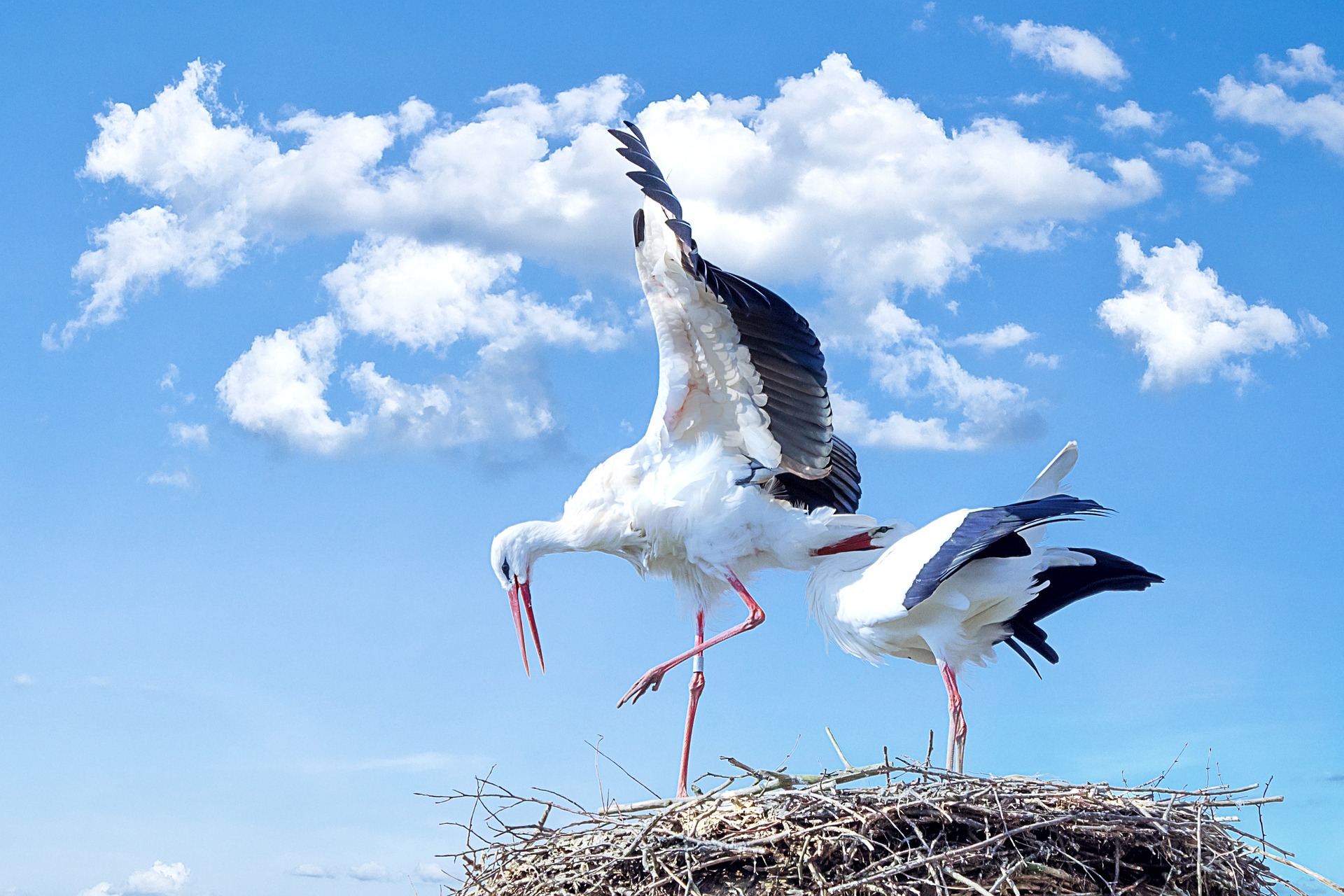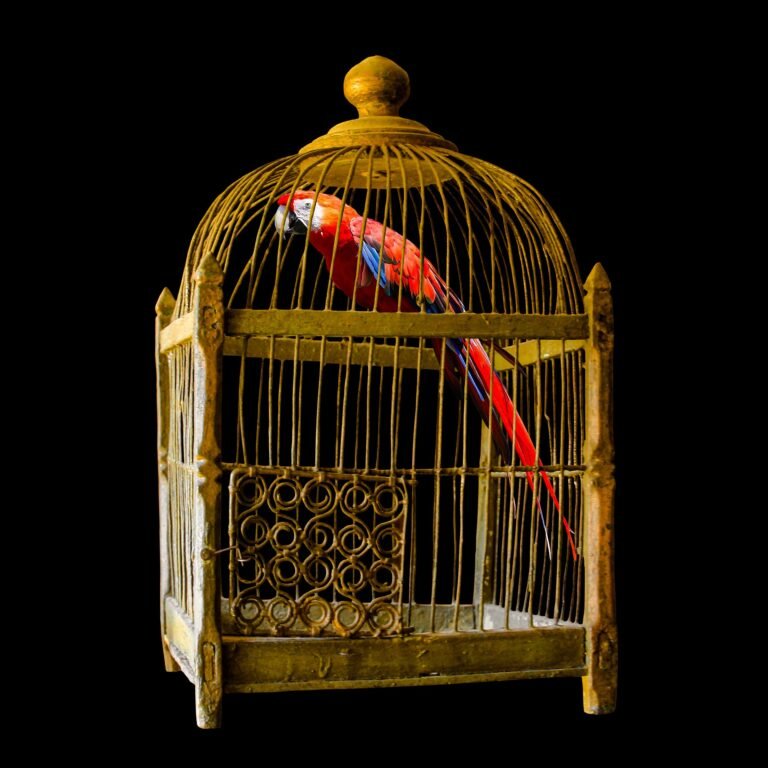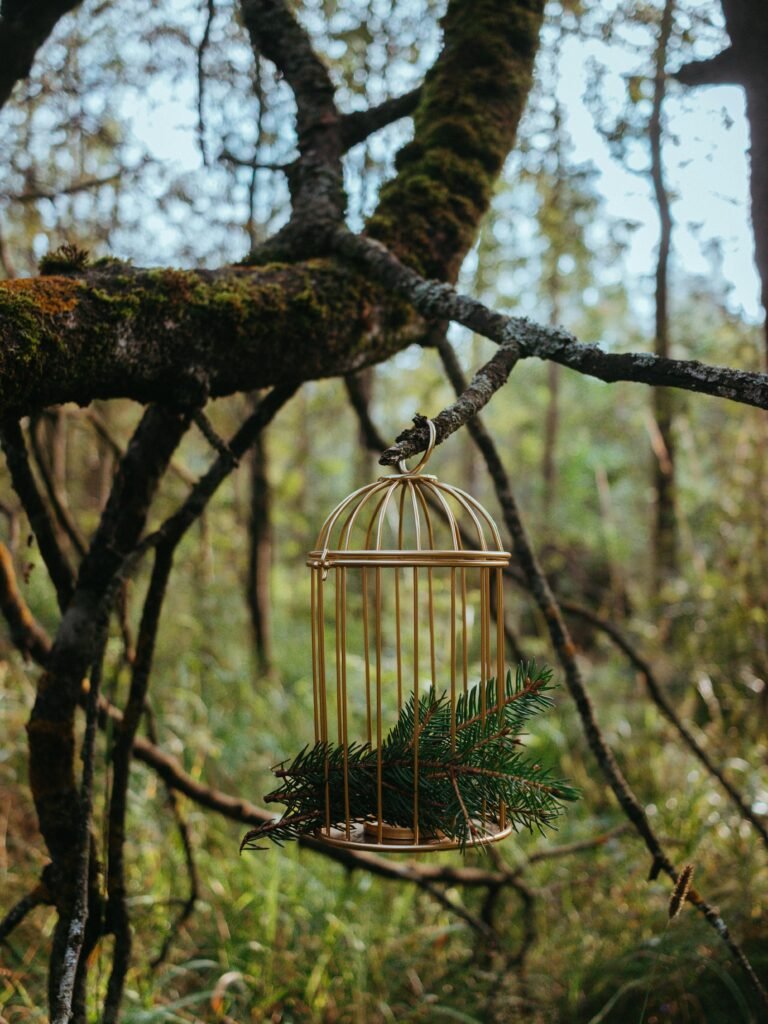Seagull Nesting: Everything You Need to Know

Hey everyone, welcome back to Feathered Mates! Today I will talk to you about the seagull nest. I am a bird lover. My passion for petting and learning about birds is my greatest asset. So I think the information I have given about birds is much more informative and logical. Most of the information I give is from my real life, because sometimes the information I give about different birds, I only share a little bit of my experience.
You know, there’s something almost magical about seagulls. I’ve watched them countless times, soaring effortlessly over the shoreline, their wings catching the wind just right. They’re bold, too—darting between fishing boats at the harbor, snatching up scraps with an almost mischievous confidence. And the way they perch on rooftops, watching everything below like they own the place—it’s like they’re little kings of the coast. Love them or hate them, you can’t deny they bring life to the seaside. However, their nesting habits remain a mystery to many. This article explores seagull nesting, answering key questions such as where do seagulls nest, when do seagulls nest, and how to deal with seagull nests if they become a problem.
Understanding Seagull Nesting Behavior
Seagulls are intelligent and highly adaptable birds. Their nesting habits vary depending on species, environment, and proximity to human settlements. Seagulls prefer locations that provide safety from predators and access to food sources.
The Art of Nest Building
Like many other birds, seagulls are expert architects. Despite their seeming simplicity, their nests are the product of painstaking work and careful material selection. They usually prefer high and secluded places to build houses. The main purpose of seagull nest building is to protect themselves from enemy attacks and to maximize the protection of eggs and chicks. They use human debris such as seaweed, twigs, grass and pieces of cloth to build their nests.
Where Do Seagulls Nest?
Seagulls nest in various habitats, including:
- Coastal cliffs and rocky islands – These provide a natural defense against predators.
- Sand dunes and marshlands – Open spaces allow them to keep an eye out for danger.
- Urban rooftops – Many gull species have adapted to city life, nesting on buildings and structures.
- Harbors and piers – These locations offer easy access to food, particularly in fishing towns.
Do Seagulls Have Nests?
Yes, seagulls build nests. Their nests are often made from materials such as:
- Grass
- Seaweed
- Feathers
- Small sticks
- Plastic debris (in urban areas)
Their nests are shallow depressions lined with soft materials to keep the eggs safe.
When Do Seagulls Nest?
The seagull nesting season typically begins in early spring, with peak nesting activity occurring between April and July. The timeline generally follows this pattern:
- Courtship and Mating – Early spring
- Nest Building – Late March to early April
- Egg Laying – April to June
- Incubation (21-27 days) – Eggs are kept warm by both parents.
- Chick Rearing – Hatchlings are fed and protected for 5-6 weeks before they can fly.
Where Do Seagulls Sleep?
Seagulls are opportunistic sleepers and prefer:
- Near their nesting sites – Especially during the breeding season.
- Beaches and coastal areas – Open spaces allow them to spot predators easily.
- Urban rooftops – When nesting in cities, rooftops provide a safe resting spot.
- Floating on water – Some species sleep on the water, especially at night.
Seagull Nesting in Urban Areas
With the increase in urban development, seagulls have adapted to city environments, often nesting on:
- Office buildings
- Residential rooftops
- Parking garages
- Bridges and industrial sites
Do Seagulls Make Nests on Roofs?
Yes, many species prefer rooftops because they offer:
- Protection from ground predators
- A stable, high-altitude location
- Proximity to food sources (restaurants, garbage dumps, etc.)
However, nesting on rooftops can lead to issues such as noise, aggressive behavior, and potential damage to structures.
How to Get Rid of Seagulls on Roof?
If seagulls are nesting on your roof, here are some ways to prevent and remove them:
- Use Bird Spikes or Netting – Prevents them from landing and building nests.
- Install Decoy Predators – Fake owls, hawks, or falcons deter gulls.
- Sound and Light Deterrents – Ultrasonic devices and flashing lights can be effective.
- Seal Food Sources – Remove garbage and ensure bins have secure lids.
- Professional Seagull Nest Removal – If a nest is already present, consult professionals, as some species are protected by law.
Are Seagulls Protected?
You wouldn’t believe how many people don’t realize this, but seagulls are actually protected by law in both the UK and the USA. I’ve seen so many folks get frustrated with them—whether it’s because they’re noisy, aggressive over food, or nesting in inconvenient places—but here’s the thing: you can’t just harm them, destroy their nests, or remove their eggs. It’s illegal.
In the UK, the Wildlife and Countryside Act 1981 makes it a serious offense to mess with seagulls without special permission. And in the USA, they’re covered under the Migratory Bird Treaty Act, which means they have strict protections in place. If you ever need to remove a nest, only authorized professionals can do it, and even then, only under very specific conditions.
I’ve seen people try to take matters into their own hands, thinking they’re just dealing with a nuisance, but they don’t realize the consequences. Not only could they face hefty fines, but more importantly, these laws exist for a reason. Seagulls, like all wildlife, have their place in the ecosystem. And whether we love them or not, they deserve respect.
The Importance of Seagull Conservation
Despite their adaptability, some seagull species face population declines due to habitat loss, pollution, and food scarcity. Conservation efforts aim to:
- Protect nesting sites
- Reduce human interference
- Promote sustainable waste management to minimize scavenging behavior
Challenges in Nesting
A seagull’s nest may seem simple, but there are many problems to be faced in making it. Seagulls are generally very skilled nest builders. One of the biggest problems faced by jackals in nesting is to secure their house during various natural calamities. Because strong sea winds, heavy rains and storms can destroy nests or wash away eggs. There are many seagulls that build their nests on the roofs of buildings in urban areas near the sea.
The Impact of Human Interaction
Seagulls and humans have a varied relationship. Although the relationship between them is quite complicated. As seagulls always prefer to stay on high ground, the best place is on the roof of a man-made nest building. Hence the relationship between humans and seagulls is sometimes friendly and sometimes hostile.
Click here to know Seagull Lifespan
Seagulls are fascinating birds with unique nesting behaviors. Understanding where seagulls nest, how they build their nests, and how to manage seagull nesting issues helps create a balance between human activities and wildlife conservation. While they may sometimes be a nuisance in urban areas, it is essential to respect wildlife laws and seek humane solutions when dealing with seagull nests.
It can be said that birds are very peaceful creatures and they always fascinate us with their behavior. Hope you got to know a lot about seagull nests. If you are a bird lover, Stay with us to learn about the right bird selection, bird care, birds nests and all things related to birds. May the relationship between you and your pet become stronger.







